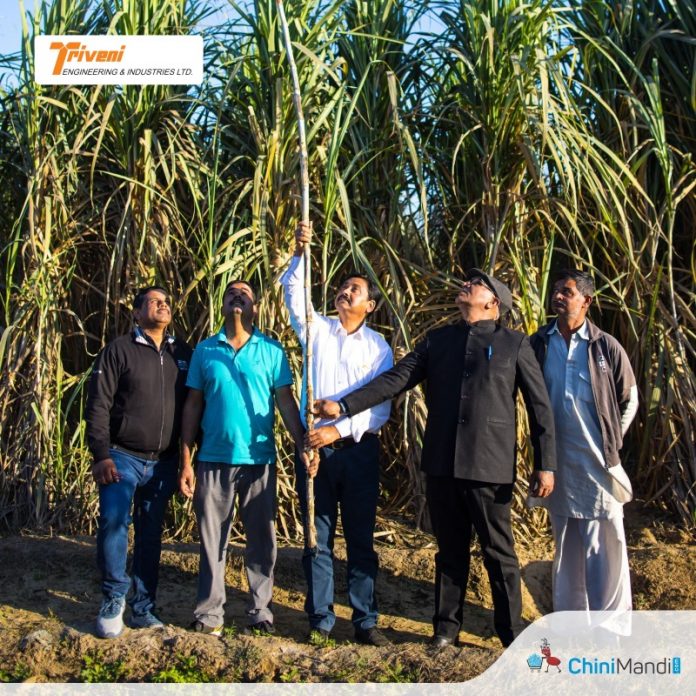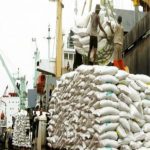Agriculture has always acted as the backbone of the Indian economy. It plays a pivotal role in the socio-economic fabric of the country. It is a major contributor to India’s GDP, with a share of about ~15% of the total GDP. It is also the largest employer, contributing to over 50% of the total workforce in rural India and provides raw materials to many industries, such as textiles, agro-processing, and pharmaceuticals, among others.
However, the agricultural sector in India is plagued by low productivity, small and fragmented landholdings, outdated farming practices, lack of adequate irrigation facilities, and low levels of mechanisation. Overcoming these challenges would be crucial to the growth of this sector and, hence, for the overall development of the Indian economy. R&D and Upskilling can play a big role in overcoming the challenges and boosting farmers’ income.
Importance of R&D
Agricultural Research and Development (R&D) determines the productivity in farming, which in turn determines the price of food and the poverty level. The importance of R&D has increased manifold as it offers long-term supply-side solutions for Indian agriculture. Keeping updated with recent research can help the farmers work over various issues such as seed quality, pest and disease control, crop sustainability, climate change, irrigation problems, and soil erosion.
According to the National Sample Survey Organization, the average crop yields in India are distinctly lower compared to other countries. For instance, the average rice yield in India is almost half of that of China, and the average wheat yield is only about a third of that in the United States. These are statistics that underline the imperative of R&D to enhance crop yields and increase the profitability of the agricultural sector.
The Government of India has realised the agriculture sector’s potential and is working hard to promote the sector’s research and development. The Government has established many institutes and agricultural universities to research and develop new practices. Policies and programs like the National Mission on Agricultural Extension and Technology and the National Food Security Mission are initiated in support of the industry.
Challenges in research and development
Productive agriculture depends critically on strong R&D conducted by both the public and private sectors. However, public sector R&D is hampered in India by resource constraints, disciplinary fragmentation, and lack of motivation, while private sector investment remains abysmally low in view of the country’s intellectual property rights regime. This has resulted in an ever-increasing divide between the domestic and global agricultural innovation and left India out of the process of experiencing many global changes. It is, therefore, important to make it easy for the Indian farmer to have access to global technology, high-quality seeds, germplasm, and other knowledge products easily.
Other challenges are small and fragmented landholdings; most farms in India are of small size, with 86.2% of holdings less than 1 hectare (marginal) or 1-2 hectares (small). This limited scale poses challenges to the adoption of modern farming techniques and impedes the realisation of economies of scale.
Improving livelihood
Improving the livelihood of farmers is necessary for India’s economic and social development, though it is studded with all the challenges. The Government and the private sector may come together to improve the livelihood of the farmers by taking high-impact initiatives.
These would include fair pricing mechanisms, access to financial services, and improvements in infrastructure. Government initiatives such as the Model Contract Farming Act and the Model Agricultural Land Leasing Act are aimed at facilitating access to credit and advancing transparent market transactions. Investments in rural roads and storage infrastructure can also bring down transaction costs and enhance access to markets.
For farmers, real-time market information is also crucial in assisting them in making decisions for maximising their income. Digital platforms, technology-enabled solutions for building a better marketplace, can help in getting enhanced market information and in improving market competitiveness.
The other critical aspect in increasing investment and sustainability within agriculture is issues of land tenure. Reforms in policy and legal frameworks stipulating land ownership and tenancy rights could give farmers an incentive to invest in their land, thereby leading to an improvement in productivity and more sustainable farming practices. Essentially, holistic approaches to these challenges can achieve higher incomes for farmers and a food-secure India.
Triveni Engineering & Industries Ltd. improving lives of the farmers
To improve the lives of 335K farmers associated with them, Triveni Engineering has been consistently partnering with the sugarcane farmers in its catchment areas through a multi-pronged development strategy. Their farmer engagement programmes are focussed on variety substitution and yield maximisation as a way to improve quality cane availability and margins, while raising the bar of sustainability.
TEIL has also initiated a multi-pronged effort to boost sugarcane production in its catchment areas. It is propagating new varieties of sugarcane to replace the current Co 0238 variety which is susceptible to red rot fungal disease. TEIL has also launched an Integrated Crop Protection Program through biological and mechanical measures to effectively control the incidence of diseases. It has adopted area-specific programs for ratoon management through publicising the concept and organising demonstrations with the help of research institutions at the regional level, ensuring farmers are equipped with the knowledge and resources to optimise yield from subsequent crops.
Special interventions such as trench planting and wide spacing are demonstrated in dedicated plots to show farmers how to obtain maximum yields. Soil health is given due importance through intensive soil testing, site-specific recommendations, and supplying press mud at a subsidised rate for increasing soil organic carbon content. Lastly, adoption of farm mechanisation and digitization in crop management practices offers a commitment towards modernization and efficiency in sugarcane farming. All these initiatives together contribute toward a holistic approach in the empowerment of sugarcane farmers and towards improving agricultural sustainability.
Triveni has also implemented a host of digital initiatives to improve information access and support to sugarcane farmers. Through the Cane Development Portal and Mobile App, farmers can have enhanced two-way interaction with the factory. It includes personalised agro care for growers, scientific information related to plot activities, pending, complete, and upcoming schedule for tasks and the facility to submit their queries, voice messages, and field photographs. The app also provides information on seed requirement, availability, and procurement, as well as weather information. Push SMS on alerts and messages from the factory are disseminated through the Mobile App. Data from soil health cards is used to recommend fertiliser doses. Drones capture data from Cane fields, which are processed on an on-premises server, and the output is integrated with the satellite data. Triveni has also released a Digital Board for Growers. It provides training in the use of improved cane planting techniques, understanding the process cycle of cane, market information, online training, methods of precision farming, and resource optimisation.
In conclusion, the approach to deal with the challenges in Indian agriculture has to be comprehensive, with research and development, infrastructure enhancement, and empowerment of farmers. Such initiatives would help improve livelihoods and make the sector more sustainable. Continued investment and innovation are key to unleashing Indian agriculture’s full potential in the future in supporting economic growth and rural communities.














